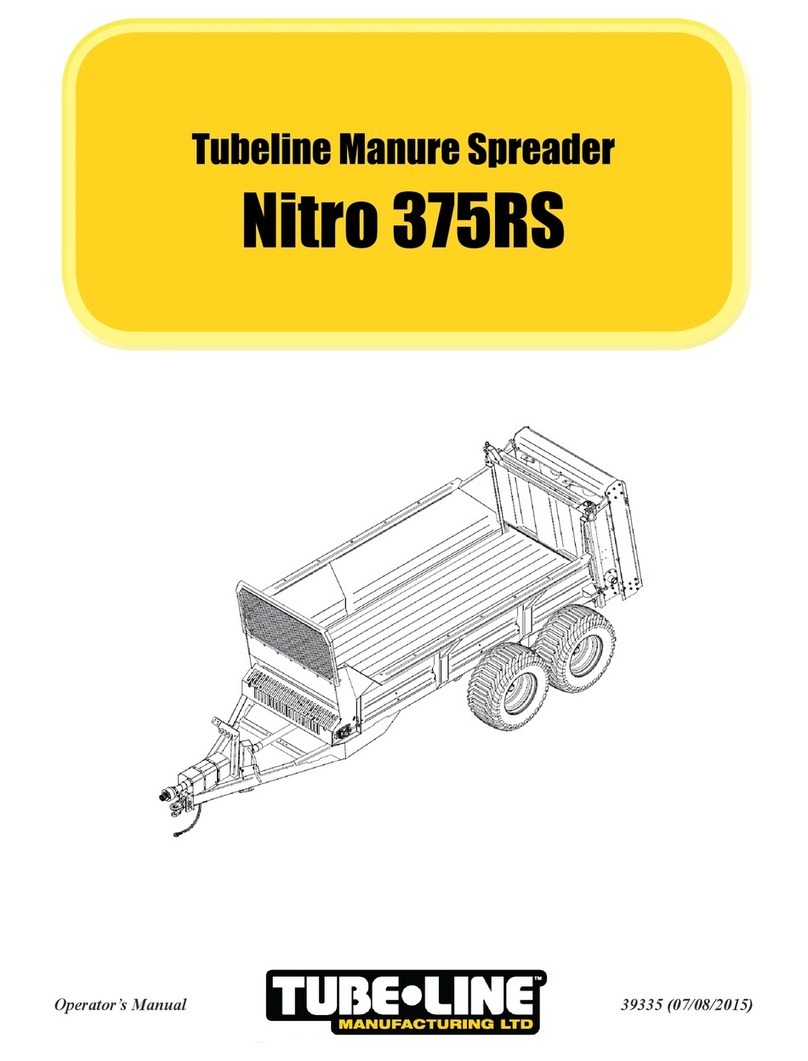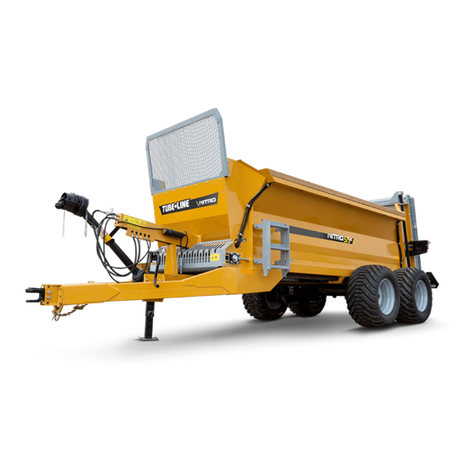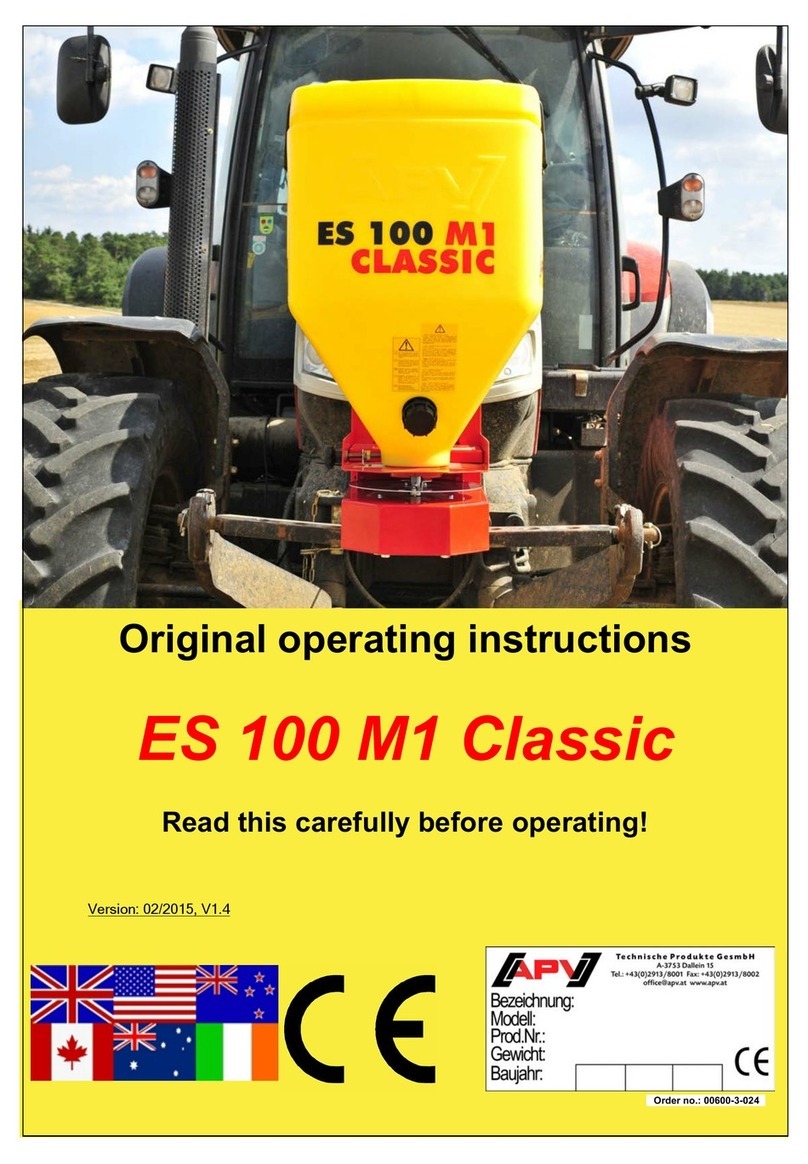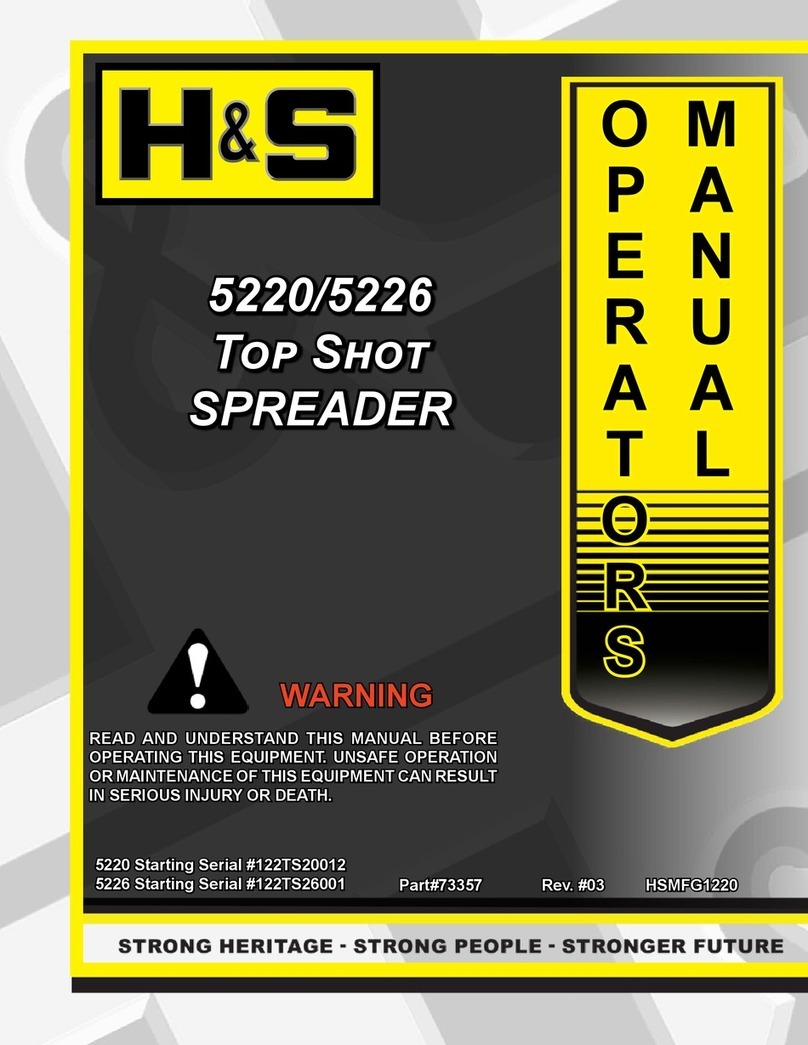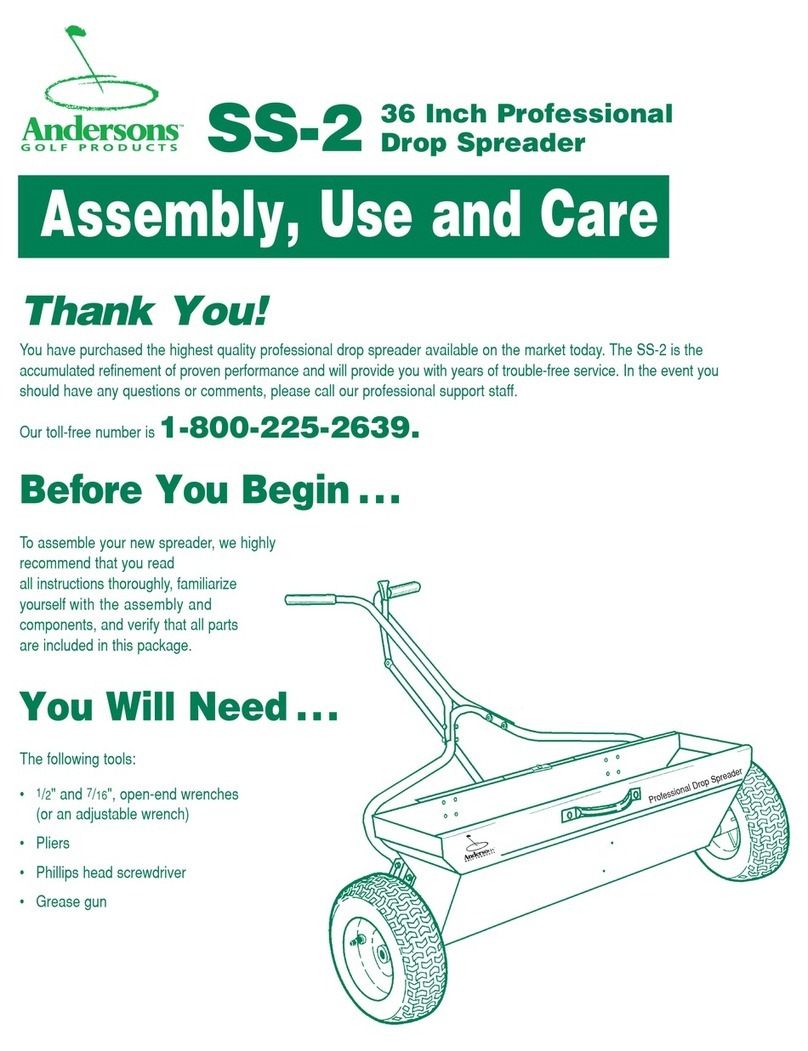8
2. In order to provide a better view, certain
photographs or illustrations in this manual may
show an assembly with a safety shield
removed. However, equipment should never be
used in this condition. Keep all shields in place.
If shield removal becomes necessary for
repairs, replace the shield prior to use.
3. Replace any safety sign or instruction sign
that is not readable or missing. Location of such
safety signs are indicated in this manual.
4. Never use alcoholic beverages or drugs
which can hinder alertness or coordination while
using this equipment. Consult your doctor about
using this machine while taking prescription
medications.
5. Under no circumstances should young
children be allowed to work on this equipment.
Do not allow persons to use or assemble this
unit until they have read this manual and have
developed a thorough understanding of the
safety precautions and of how the machine
works. Review the safety instructions with all
users annually.
6. This equipment is dangerous to children
and persons unfamiliar with its operation.
The operator should be a responsible, properly
trained and physically able person, familiar with
machinery and trained in this equipment’s
operations. If the elderly are assisting with work,
their physical limitations need to be recognized
and accommodated.
7. Never exceed the limits of a piece of
machinery. If its ability to do a job, or to do it
safely, is in question - DON’T TRY IT.
8. In addition to the design and configuration of
this implement, hazard control and accident
prevention are dependent upon the awareness,
concern, prudence and proper training of
personnel involved in the operation,
transportation, maintenance, and storage of the
machine.
THINK SAFETY! WORK SAFELY!
• Respirator or filter mask
8. Install and secure all guards before
starting.
9. Turn machine off, stop and disable
engine, remove ignition key and place in
your pocket and wait for all moving parts to
stop before servicing, adjusting, repairing, or
unplugging.
10. Clear area of people, especially small
children, before using the unit.
11. Review safety related items annually with
all personnel who will operate or maintain
the Nitro Manure Spreader.
12. Where possible avoid operating the
Nitro Manure Spreader near roads,
ditches, embankments or holes. Reduce
speed when operating on rough, slippery,
or muddy surfaces and when turning or
crossing slopes, Stay off slopes too steep
for proper operation.
13. Beware of the machine size and have
enough space to allow for operation. Never
operate the Nitro Manure Spreader at
high speeds in crowded places.
14. Do NOT use attachments unless
the attachments are approved optional
equipment.
15. Securely fasten your seat belt before
operating the machine.Always remain
seated when operating the machine.
Equipment Safety Guidelines
1. Safety of the operator and bystanders is
one of the main concerns in designing and
developing equipment. However, every year
many accidents occur which could have
been avoided by a few seconds of thought
and a more careful approach to handling
equipment. You, the operator, can avoid
many accidents by observing the following
precautions in this section. To avoid
personal injury or death, study the following
precautions and insist those working with
you, or for you, follow them.






